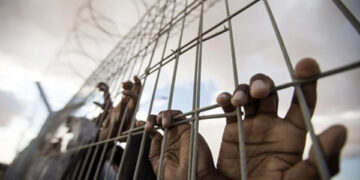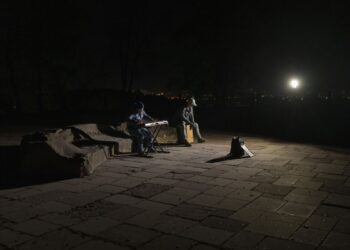Agencies-Gaza post
What is monkeypox and where does its name come from?
Monkeypox backs to the poxviruses family, which contains smallpox. The infection got its name after scientists found it among laboratory monkeys in 1958. The first monkeypox case in a human was diagnosed in 1970.
Since then, most diseases have been focused in the Democratic Republic of the Congo and Nigeria. The DRC says thousands of cases annually and Nigeria has reported more than 200 documented cases and more than 500 suspected ones since 2017.
The kind of monkeypox determined in the current U.S. and European cases tends to have milder disease than the other common branch of the virus.
“All of the virus strains that we’re aware of among all of these cases that have occurred in the last two weeks are the West African clade. The West African clade of monkeypox is much more delicate than the Congo Basin clade,” said Dr. Agam Rao, a medical officer at the Centers for Disease Control and Prevention’s Division of High Consequence Pathogens and Pathology. “That’s good news in that, hopefully, there will not be a lot of bad things clinically that happen to people who might be infected.”
Approximately 1 percent of people who contract the West African clade die, reaching 10 percent of people who contract the Congo Basin clade, according to the World Health Organization.
Rao added people who get the West African clade “typically recover pretty well” and go “back to their regular lives when it’s over.”
More than 90 cases of monkeypox have been recorded in 11 countries across Europe and North America, and in Australia, a rare occurrence for a virus mainly limited to central and western Africa.























